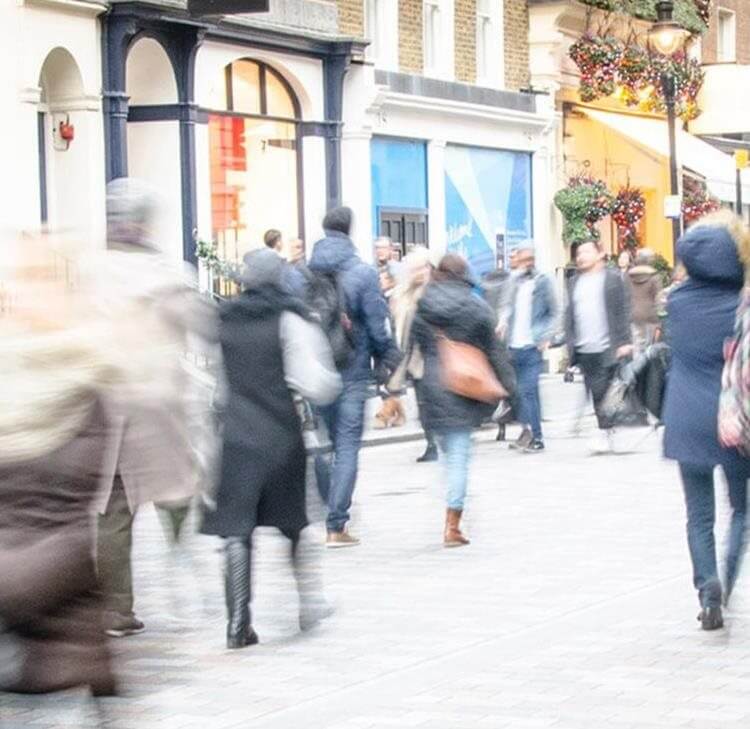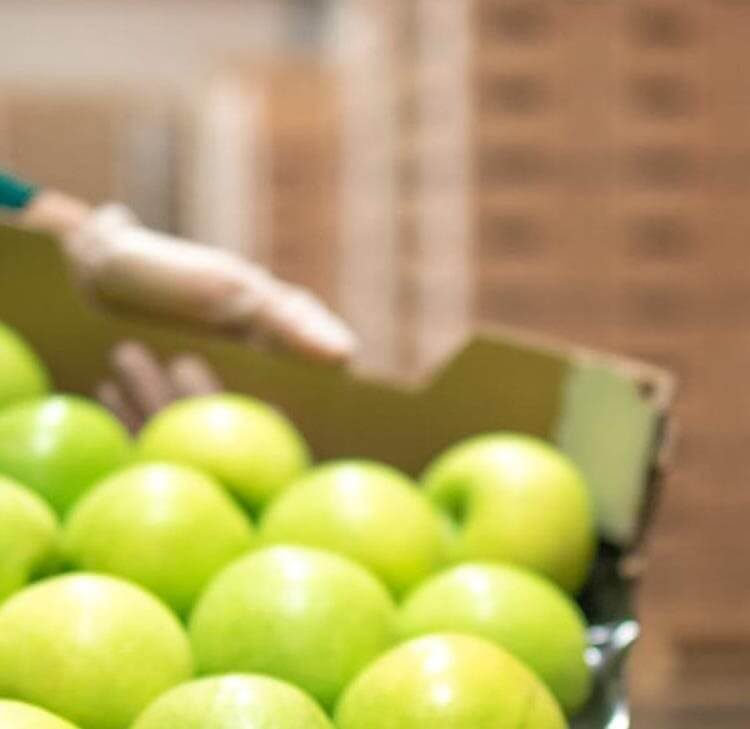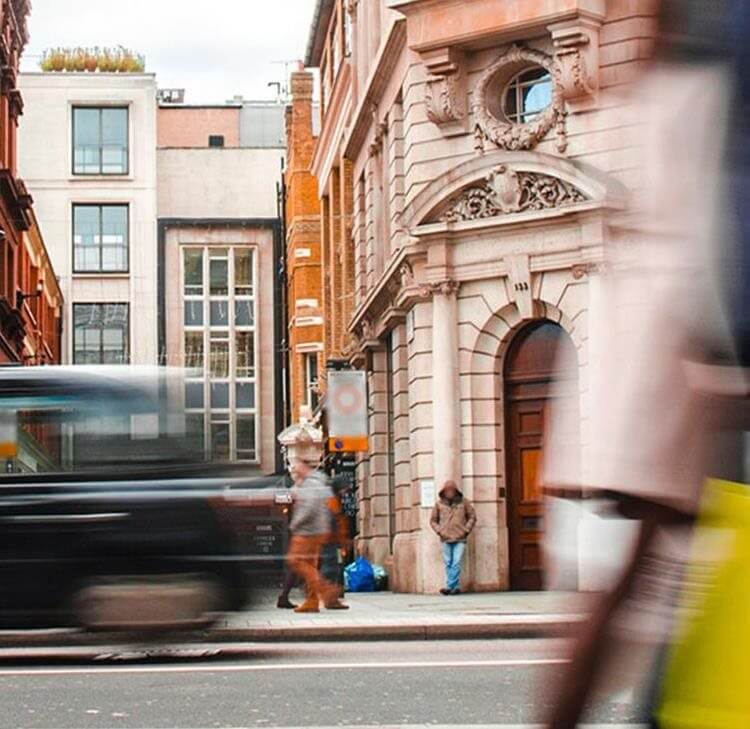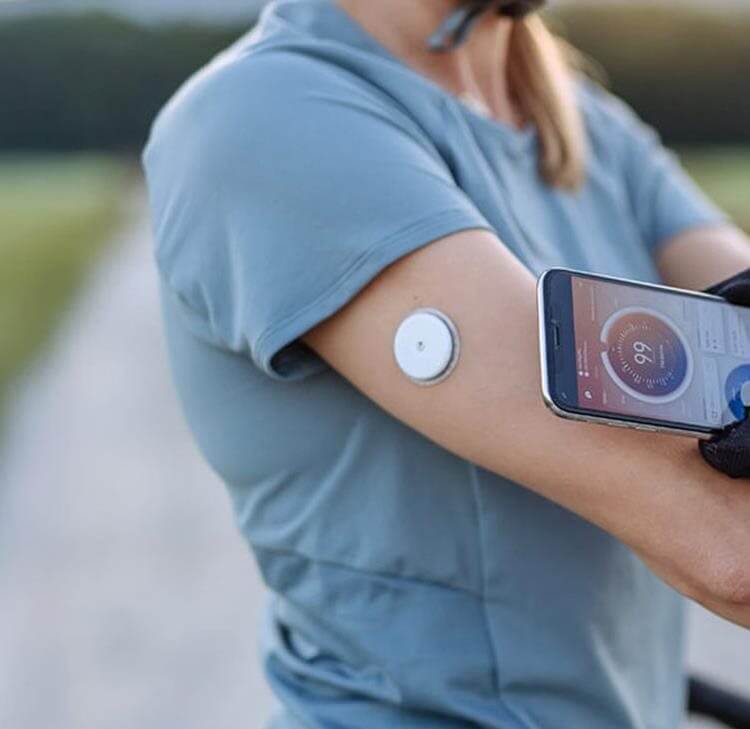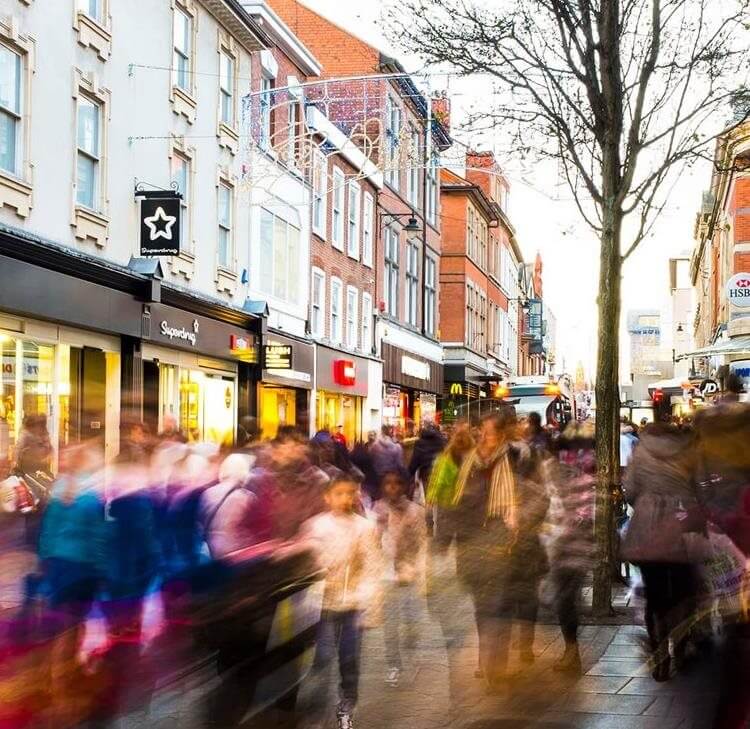O/281/19 Revocation (Device Marks) – 23 May 2019
This decision is a good example of how the IPO approaches non-use challenges, and an insight into the economics of gift shops at public parks.
This decision is a good example of how the IPO approaches non-use challenges, and an insight into the economics of gift shops at public parks.
Old John is a Georgian folly and a Leicestershire landmark. Built in 1874, it is located in Bradgate Park, which is run by the Bradgate Park Trust. The Bradgate Park Trust registered various images of Old John as three trade marks. The first registration was to line drawings; the second to “textural designs”, the third to photographs. The marks were series marks. More recently, the Bradgate Park Trust sought to prevent local businesses from using images of Old John without paying a licence fee. Artists were also asked to pay for a licence to sell images of the landmark.
Local furore commenced, and one business applied to revoke the three marks for non-use. The counter statements did not defend the marks in every class, so some classes were revoked at an early stage. The decision considered here reviews the extent to which the marks should be revoked in respect of the remaining classes.
For some goods and services, although use was claimed, no sales figures were provided. So, for example, the failure to evidence sales of antlers or tea room services proved terminal.
For other goods, sales figures were provided for the seven-month period between April and October 2017. Not all such sales met the threshold; during that time, sales of thimbles totalled £2, which did not amount to genuine use. Neither would £16.80 worth of erasers or £17.00 of pencil sharpeners have sufficed. £234 of badges, however, did satisfy the Hearing Officer.
Some images of Old John used were too dissimilar to the registered marks to amount to genuine use, which was fatal to fridge magnets and restaurant services. However, the use in a badge containing other elements was found to be an acceptable variant.
The Hearing Officer quoted Mr Justice Arnold in London Taxi, noting that purely decorative use did not count; genuine use requires a mark be used to denote trade origin. In a passage one can imagine being cited by recipients of future requests for artistic licences, the Hearing Officer stated:
Photographs of landmarks (either in their original form or printed on to secondary goods), when they are clearly just photographs of landmarks, are likely to be viewed by the consumer as just an image being used for decorative purposes. The consumer is unlikely to view a photograph presented on goods commonly sold as souvenirs or mementos as indicative of trade origin.
Ultimately, the first and second registrations were entirely revoked. In relation to the third mark, the Hearing Officer considered what a fair specification would be given the goods and services which had been used. So, sales of venison could not support all of “meat, poultry and game, products made from meat, poultry and/or game” in class 29, and the specification was limited to “venison and products made from venison”.
This article was first published in the July issue of CITMA Review, the journal of the Chartered Institute of Trade Mark Attorneys (CITMA). For more information on CITMA, please click here.
Contact

Declan Cushley
Partner
declan.cushley@brownejacobson.com
+44 (0)20 7965 3991

